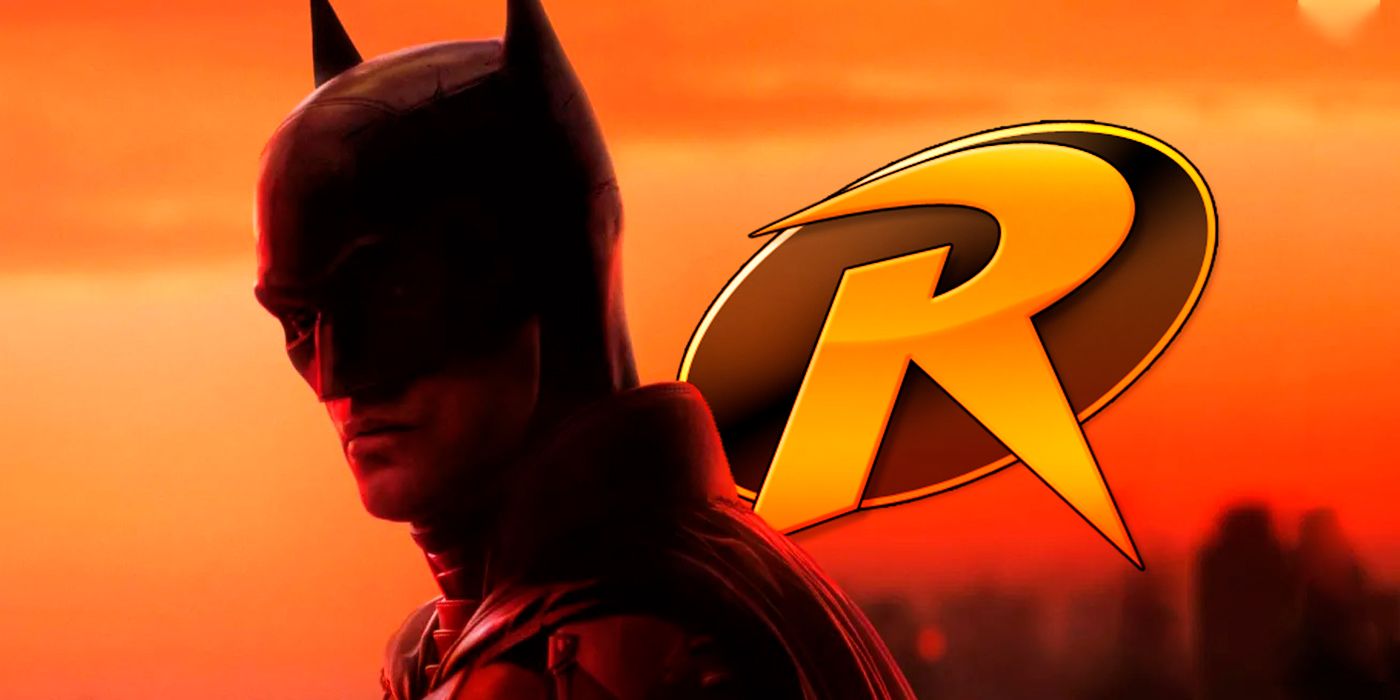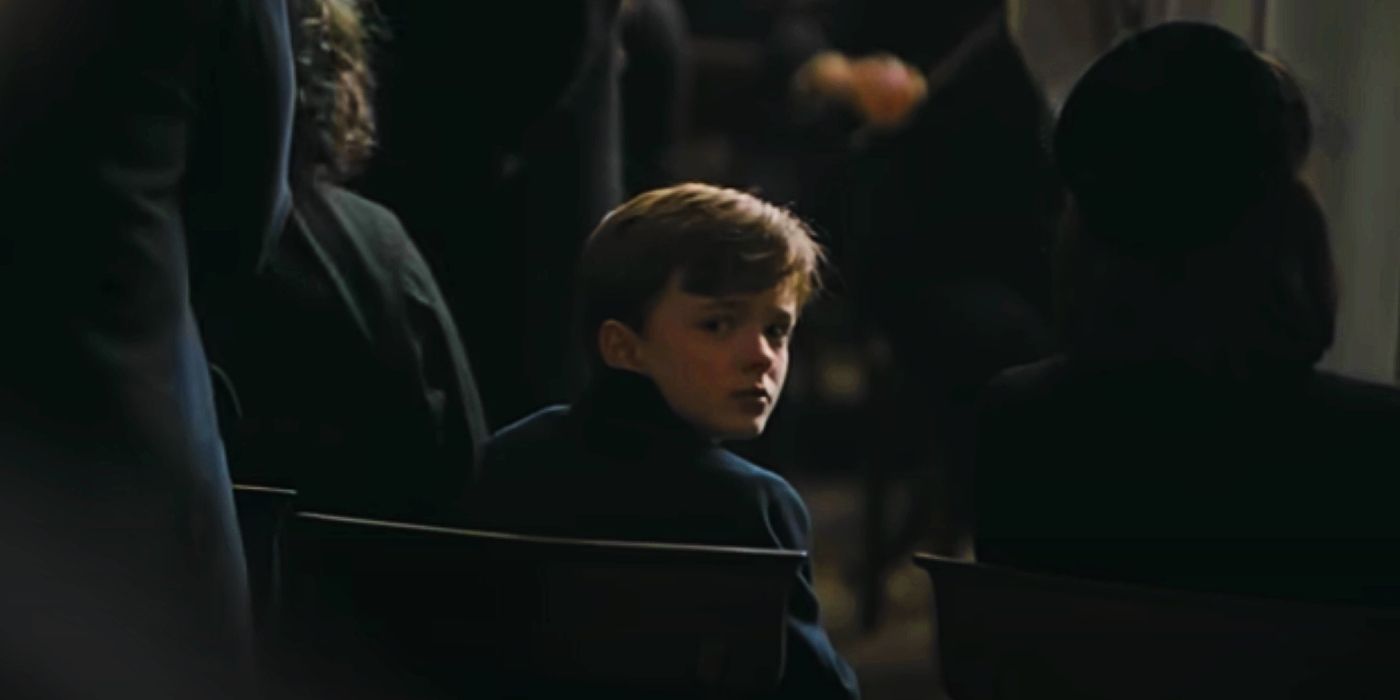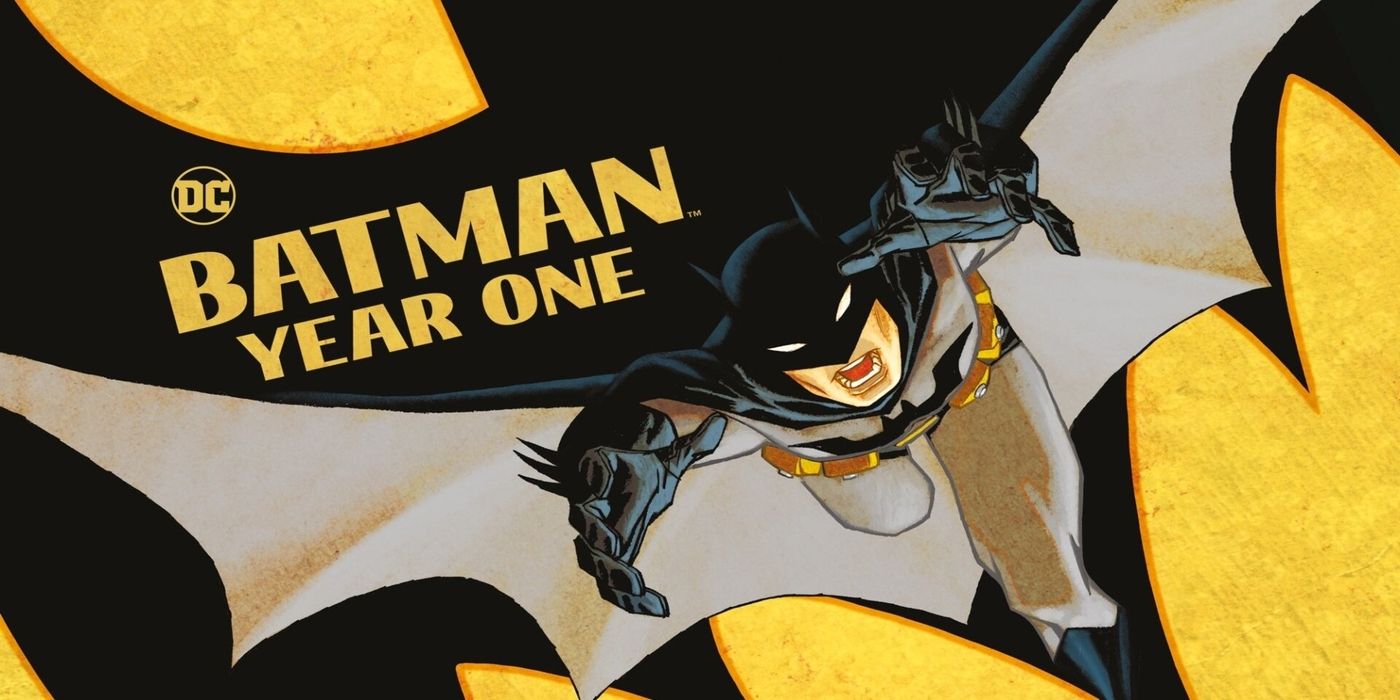WARNING: The following contains spoilers for The Batman, in theaters now.
It has been said by many that Batman has the best rogue's gallery of any hero in comic book lore, given their unique complexity as well as Gotham City's penchant for breeding a particular strain of criminal madness. The Dark Knight's antagonists reflect a twisted garden of the human psyche indoctrinated in shadows and nurtured in the cesspools of the city's corruption. The Batman, directed and written by Matt Reeves, is heavily influenced tonally by the work of Jeph Loeb in the comics and Christopher Nolan's realistically grounded version of Batman in film. These touchstones naturally invite comparisons between previous incarnations or contextualize the city's villainy as a whole and Reeves' vision successfully launched an entire series for one of the infamous denizens of Gotham's underbelly through sheer creative will and the strength of Colin Farrell's portrayal.
In addition to infusing a brutally dark patina upon the world at large where even daylight seems to be dusted with dusk, Reeves also explored the heroic side of this bleak coin. Alfred brims with restrained paternal affection, the once and future police commissioner exudes endless patience and earnestness and the idealistic new mayor seems poised to bring about well meaning reforms that will make a difference in people's lives. Hidden among each of these powerful figures there is a boy that remains mute throughout the film but whose presence tickles at the possibility for development into Batman's greatest ally.
The Riddler's first victim was Don Mitchell Jr., the mayor of Gotham City, killed on Halloween. His body was found by his young son after returning from trick or treating, his father's face mummified in silver duct tape, tattooed in bold lettered scarlet ink. Batman lingers at the crime scene as he takes in the child, transported to the similarities of his own bloody past. Later in the film at the mayor's funeral, Bruce Wayne made a rare public appearance to pay his respects, though in truth he was expecting the Riddler to show himself. When he does so with a literal crashing of the somber event, Bruce saves the boy's life by pushing him out of the way of a speeding car that launched itself into the cathedral's inner sanctum. At the end of the film, when Batman is trying to steward the innocents from the Riddler's final gambit, it is Mitchell's son who reaches out first and is willing to be led to safety by this violent man in cloak and cowl.
His utility on screen, in frequency and emotional impact, seemed to denote an importance to the character that eagle eyed viewers took note of and the theories started to take wing. It has been widely reported that Reeves stipulated from the outset that if he was to come on to this project then his adaptation would have to be isolated from the established DC iterations of these characters. This would leave the door open for someone other than Dick Grayson, Jason Todd or Tim Drake to step through it and assume the identity of Robin in an entirely fresh way that would link him to one of Batman's most notorious villains. Neither Nolan's or Snyder's interpretation of the Dark Knight included his sidekick so the opportunity to approach that character specifically within the grittier realism of the neo-modern noir protector of Gotham might have been an exciting challenge.
Sean O'Connell of The Reelblend podcast interviewed Matt Reeves and asked him directly if there were any plans to transform Mitchell's son into his universe's Robin and Reeves responded bluntly with a no, though he was very intrigued by the idea. He stipulated that the boy is meant to serve as a stand in for Bruce's vulnerability, an acknowledgment to the origins of Batman without actually spending any time in a Crime Alley flashback. Alfred's connection to the child, vicariously through the surveillance contact lenses Batman employs in the film, creates connective tissue between him and Bruce as they substitute the boy's experience for their own shared trauma.
The events of this particular adaption could be called Batman: Year Two, as the caped crusader is still finding his way in the city of his birth and creating a sense of normalcy around his presence, especially as it relates to the police department. At this point Commissioner Gordon is still a lieutenant and though he still serves as the liaison between Batman and legitimate law enforcement, his cache has not achieved the equity it will one day enjoy. Batman's interaction in police affairs has always been a balancing act between toleration and encouragement but Reeves makes it clear that at this moment it is considered an affront by most of the men and women in Blue. There is even a brief expression on screen where Batman seems daunted by the height of a skyscraper and tentatively hurls himself from it before activating a ballooned wing suit.
Given that the Dark Knight is still in his fledgling stages it may be premature to begin shaping the relationship he would cultivate with a ward he is responsible for raising during the day and honing into a weapon at night. Though a sequel has yet to be announced, one will almost assuredly be in the works given the film's success and the work that took place before its release to tell other stories in this version of the Batman universe. Using any real estate in the next film to create that rapport could feel unearned when there is still so much left for both Bruce and Batman to grow into, especially considering that this film leaned so heavily into his detective bonafides. Though he thwarted the Riddler's puzzles at every turn, there was a moment of second hand embarrassment when the Penguin had to call out Batman and Gordon on their inability to translate a simple phrase of Spanish.
The Batman takes on issues pertaining to the class divide and Bruce's own seat of privilege within it in a way not so dissimilar from Todd Phillips' Joker. Batman introduces himself at the beginning of the film as Vengeance but by its end he realizes that this designation falls far short of who he wants and needs to become to affect the kind of change Gotham deserves. At this point it feels more organic for Batman to come to terms with his own soul before addressing the needs of someone that will come to depend on him so completely. One day Reeve's Batman may take on a kindred spirit as his ward and apprentice, but it should be after he has come to a better understanding of the foes arrayed against him, the true needs of his city and his own vulnerabilities.
To see the Robin that never was, The Batman is in theaters now.
KEEP READING: The Batman Guide: News, Easter Eggs, Reviews, Theories and Rumors



